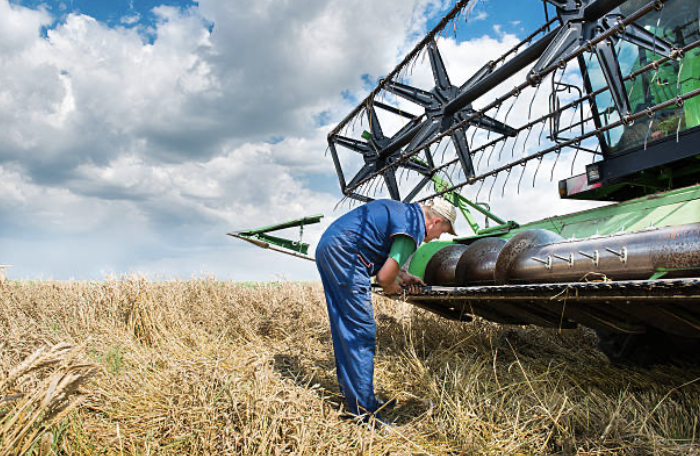Latest News
how to repair the combine harvester?

Repairing a combine harvester involves several steps, depending on the specific issue. Here’s a general guide to help you troubleshoot and repair common problems:
Safety First
Turn off the Engine: Ensure the combine harvester is turned off and the key is removed from the ignition.
Disconnect the Battery: To avoid any electrical shocks or accidents, disconnect the battery.
Use Protective Gear: Wear safety goggles, gloves, and other protective gear.
Common Issues and Repairs
1. Engine Problems
Problem: Engine won’t start or runs poorly.
Solution:
Check the fuel level and quality. Replace old fuel.
Inspect the fuel filters and replace if clogged.
Check the air filters. Clean or replace if dirty.
Inspect the spark plugs. Clean or replace them.
Check the battery charge and connections. Recharge or replace the battery.
2. Electrical Issues
Problem: Electrical components malfunctioning.
Solution:
Inspect all wiring and connectors for damage or corrosion.
Check fuses and replace any that are blown.
Test the alternator and replace it if it’s not charging the battery properly.
3. Hydraulics Problems
Problem: Hydraulic system is not working properly.
Solution:
Check the hydraulic fluid level and top up if necessary.
Inspect hydraulic hoses and fittings for leaks or damage.
Clean or replace hydraulic filters.
4. Threshing Issues
Problem: Poor threshing performance.
Solution:
Inspect the concaves and cylinder bars for wear and replace if necessary.
Adjust the concave clearance and cylinder speed according to the crop type.
Clean any debris from the concave and cylinder.
5. Belts and Chains
Problem: Belts or chains are broken or slipping.
Solution:
Inspect all belts and chains for wear and tension.
Replace any worn or damaged belts and chains.
Adjust the tension of belts and chains as per the manufacturer’s specifications.
6. Cutting System
Problem: Cutter bar is not working properly.
Solution:
Check the knife sections and guards for damage and replace if needed.
Ensure the knife drive system is working correctly.
Adjust the cutter bar height according to the field conditions.
General Maintenance Tips
Regular Inspections: Regularly inspect all parts of the combine harvester for wear and tear.
Lubrication: Keep all moving parts well-lubricated.
Cleanliness: Keep the combine clean to prevent debris from causing damage or hindering performance.
Follow the Manual: Always refer to the manufacturer’s manual for specific maintenance schedules and repair procedures.
When to Seek Professional Help
If you encounter a problem that you’re not comfortable fixing yourself, or if the repair requires specialized tools or knowledge, it’s best to contact a professional technician.
Would you like more detailed instructions on a specific problem?

